Why does cancer exist at all? In search of an answer, science turns to elephants, mice and ancient life
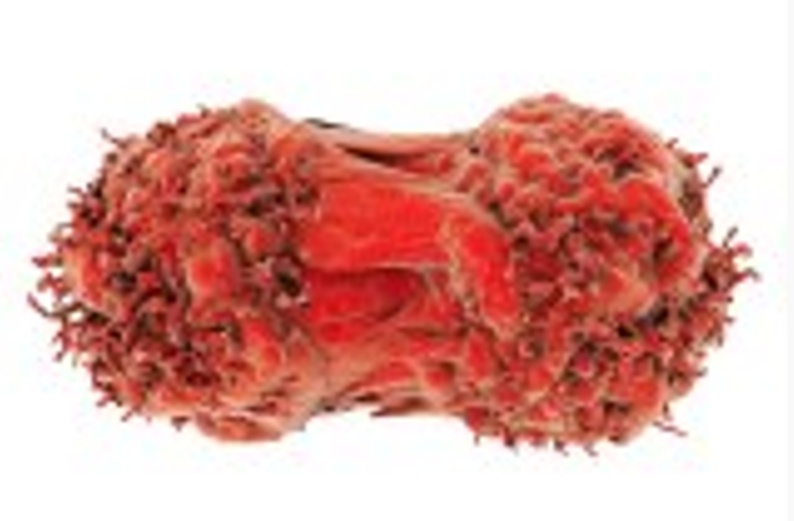
Understanding cancer throughout evolutionary history has inspired new ways to treat it.
(Cancer has touched most of our lives, taking down friends in their prime and plaguing the older years of loved ones. But — from a biological perspective — why?
Cancer is responsible for a huge amount of animal death, so surely we should have evolved defences against its malignant spread.
Understanding how and why cancer evolved may help us tackle the big C in humans, according to cancer biologist Darren Saunders of the University of New South Wales.
“Evolution is at the heart of the way a tumour behaves,” Dr Saunders said.
By understanding why cancers have evolved, scientists are uncovering new ways to treat them.
Applying evolutionary theory to cancer research has also inspired new ways of tackling treatment-resistant tumours.
In the beginning, there was cancer
To get to the heart of why we get cancer, we need to go back in time. Way back, more than 700 million years, to when life on Earth changed forever.
For the first few billion years of life on our planet, single-celled organisms had the globe to themselves.
But at some point in deep time, cells began to team up and multicellular life arose.
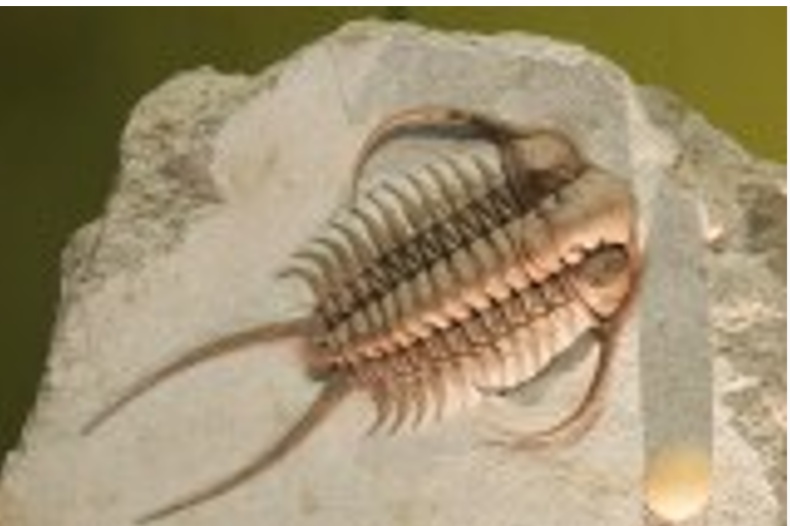
Multicellularity makes you vulnerable to cancer. It’s likely that even trilobites living around 500 million years ago could have been susceptible.
Being multicellular has many benefits, according to Dr Saunders. Cells cooperate and work toward a common goal.
This cooperation of trillions of cells allows us to have the incredibly complex structures we enjoy, like our brain.
But being multicellular comes at a cost. According to Dr Saunders, that cost is cancer.
Cancers occurs when cells start growing uncontrollably and lose their function. They become deadly when they spread and grow around the body, disrupting organ function.
Cancer is multicellularity gone wrong — tumour cells that have lost their ability to sense their context and cooperate with the cells around them.
“They start behaving like raucous toddlers and ignore the fact that there are other cells around trying to do their jobs,” Dr Saunders said.
Cancer cells do not revert to acting as if they were a primitive single-cellular organism, Dr Saunders said, but they do take on some of the characteristics of a more primitive cell.
For example, cells in many parts of the body, such as the lining of the gut, are meant to stay put. But when they become cancerous they move and spread, much like a single-celled organism would.

Cancer cells divide indefinitely. The instructions on how to do so are hidden in our DNA.
We also carry a legacy from our single-celled past in our DNA.
When early multicellular life evolved, some cells had to give up independent proliferation to focus on other tasks, said evolutionary ecologist and geneticist Beata Ujvari of Deakin University.
Within the genetic code of every multicellular organism is information on how to divide independently and infinitely, like a single-celled ancestor, Dr Ujvari said.
However, most of the time that information is supressed, she said.
“Some of our cells are able to reignite that information and start proliferating, start dividing independently from the other cells.”
Why has cancer persisted?
If cancer has been around since complex life began, why haven’t we evolved to be resistant to it?
The answer, according to Dr Saunders, is that most cancers occur after reproductive age — once an organism has already passed its genetic material on.
This means that a vulnerability to cancer in later life can be passed down to the next generation.
“Cancer is hidden from evolution,” he said.
But evolution hasn’t been completely slack when it comes to cancer, according to Dr Ujvari. Our bodies have many strategies to try and prevent it.
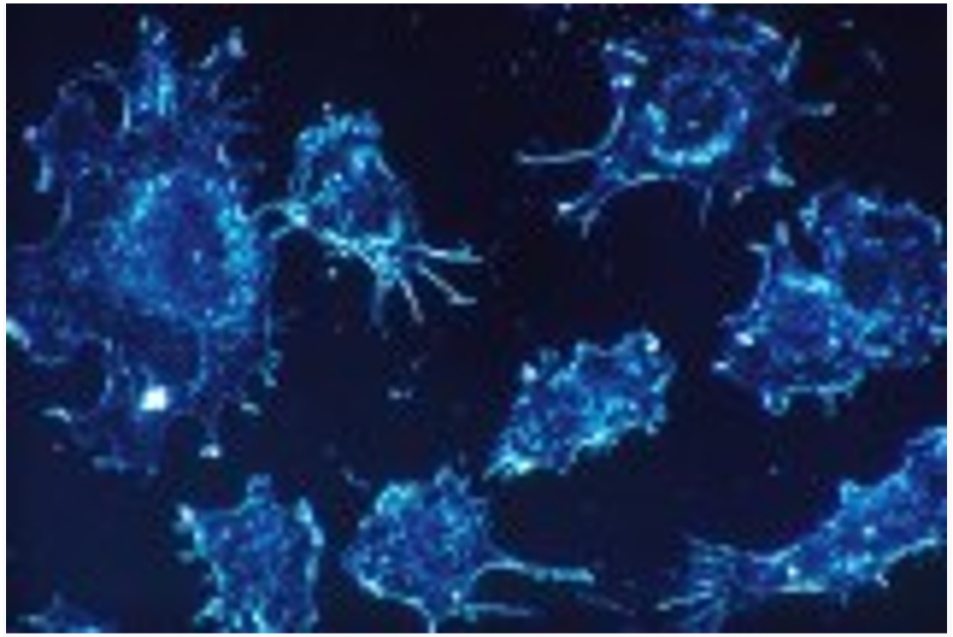
When cancer occurs after an animal has reproduced, the predisposition to that cancer can be passed on.
“All multicellular organisms have a gene called the TP53 tumour suppressor gene. It’s one of the key genes which prevent the abnormal proliferation of cells,” she said.
Some animals, such as whales and elephants, are particularly good at supressing cancers.
This is surprising, as being large-bodied, they have more cells. And the more cells an animal has, the more opportunities there are, statistically, for things to go wrong. But this is not the case.
So whales’ and elephants’ surprising resistance to cancer has led researchers to investigate whether they could hijack the cancer defences of these behemoths.
This is where the TP53 tumour suppressor gene comes in: these animals have more copies of the gene than most other multicellular life.
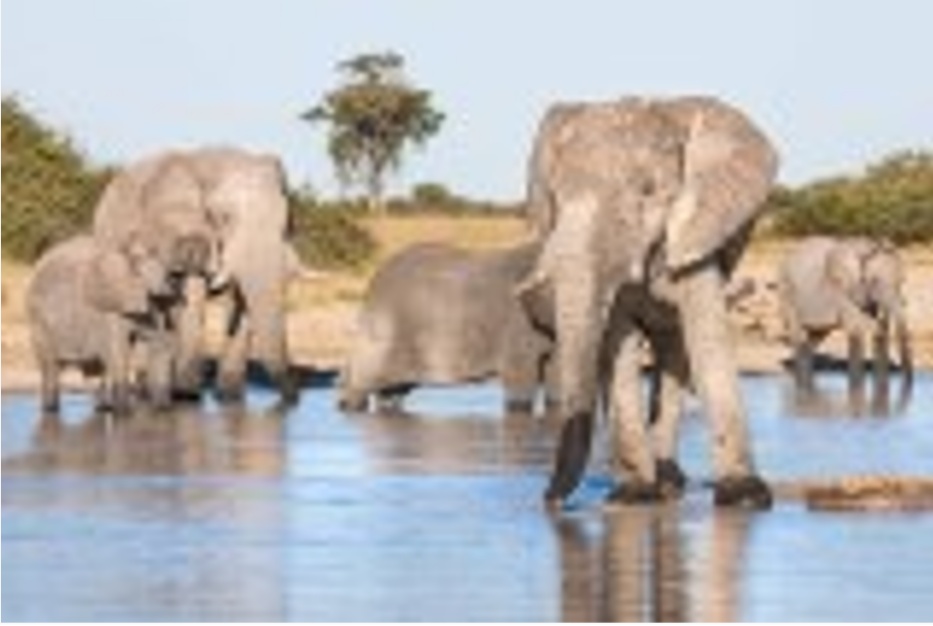
Elephants should be vulnerable to cancer because of their great size, but multiple copies of a cancer-suppressing gene help them avoid the disease.
Researcher are developing ways to isolate the proteins that this gene produces in elephants and, eventually, use them to create cancer resistance in humans.
How culture may affect cancer
But, if cancer is lurking in the wings, waiting till our fertile years are over, why do so many women live cancer-free for decades after menopause?

Women are slightly more resistant to most cancer then men, which may be because long-lived women help descendants to survive.
It’s complicated, Dr Ujvari said, but it may in part be explained by the grandmother hypothesis.
“Older women have a really strong role in bringing up the grandkids. They are providing support and they are beneficial for the fitness of the next generation,” she said.
“Therefore, selection has been pushing suppression [of cancer] beyond the reproductive period.
“Women in general, not for all cancers, but in general, are able to cope better with cancer then men and react better to treatment.”
Senior whale and elephant females also have an important social role for the herd or pod, Dr Ujvari said. This may be one of the factors which contributes to their longevity and cancer resistance.
Treatment inspired by evolutionary ecology
Thinking of human bodies as ecosystems in which evolution is constantly occurring has changed the way some cancer researchers work, Dr Ujvari said.
Early research into prostate cancer that tested a regimen inspired by evolutionary ecology showed a significantly better response when compared to conventional treatment, she said.

Want more science — plus health, environment, tech and more?
Dr Ujvari explains this with the metaphor of a forest, where out-of-control mice represent cancer cells in the body.
If owls enter this forest, only mice who avoid open spaces will survive to breed, leading (over generations) to a population of timid mice who can avoid owls.
Cancer treatment often has the same effect as these owls. It wipes out all but some of the cancer cells, where the ones left to multiply are the most resistant to the treatment.
But, if snakes are introduced to this forest, the shy mice lose their advantage. With two predators at work, the mice might be eradicated.
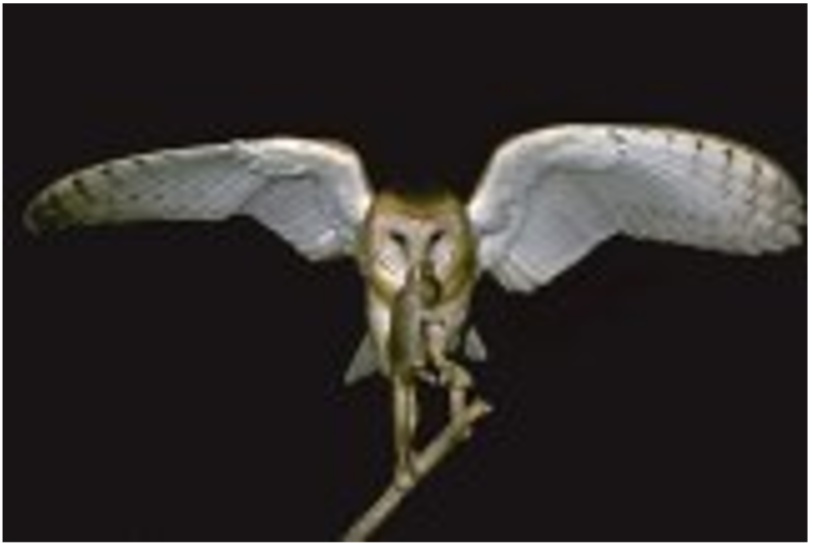
Studying predator-prey dynamics in the wild can inspire new types of cancer treatments.
California Department of Fish and Wildlife
The predator-prey dynamics of this forest is beginning to be applied to treating cancer, Dr Ujvari said.
A second treatment acts like the snake, attacking the remaining cells in a way they have not adapted to fight.
“For example, we can first use immunotherapy to attack the cancer. Once we suppress the tumours then we can introduce an additional therapy, chemotherapy, to eventually wipe out the malignant cells.” Dr Ujvari said.
By understanding the deep roots of why cancer exists, scientists are uncovering new ways to treat it.



